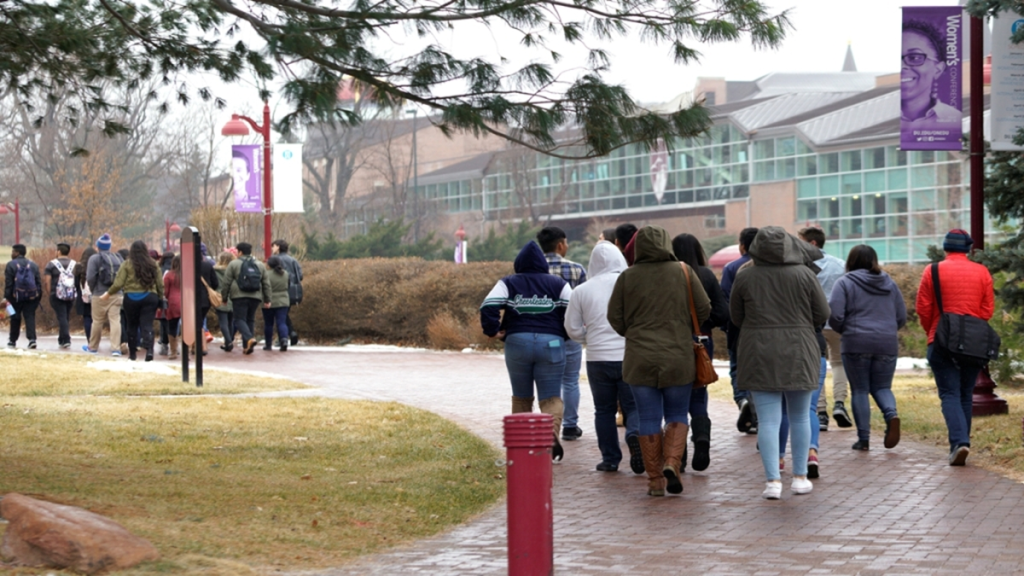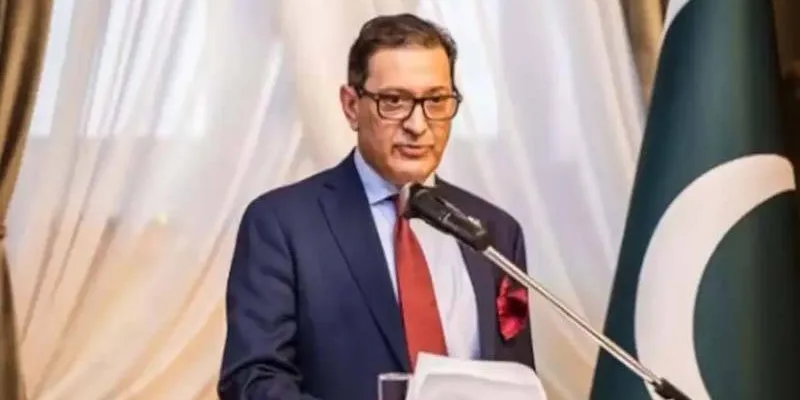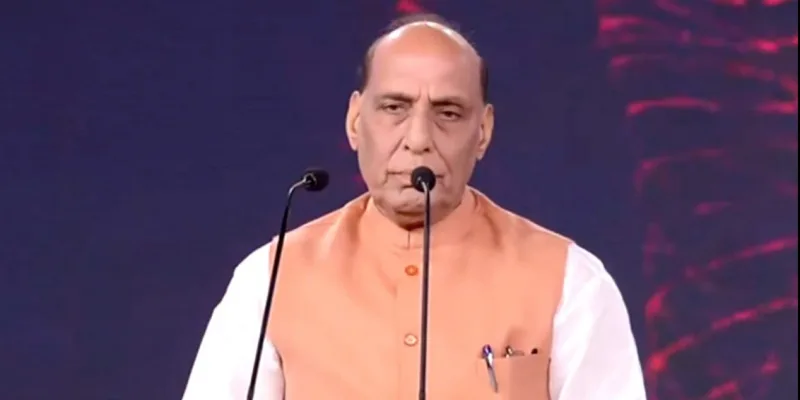
The United States may be losing its long-held position as the most sought-after destination for international students. Recent data shows a decline in overseas student numbers over the past year, suggesting that the shift began even before the current administration intensified its focus on student immigration policies.
An analysis by Boston College Professor Chris R. Glass, based on Student and Exchange Visitor Information System (SEVIS) data, found that the total number of international students in the U.S. dropped by 11.33% between March 2024 and March 2025. This trend was also reflected in doctoral programs, where enrollment fell by 4.5% during the same period.
Among Indian students—who form the largest group of international students in the U.S.—there was an overall decline of nearly 28%. However, when focusing specifically on PhD programs, the reduction in Indian student enrollment was more modest at 4.2%, aligning with the general decline among international doctoral students.
Countries such as Bangladesh, Iran, and Nigeria recorded the sharpest drops in doctoral student enrollment, even though these countries send significantly fewer PhD students to the U.S. compared to China and India.
While SEVIS data shows a year-long decline, a separate report released in November 2024 noted a 3% increase in international student enrollment at the start of the 2024–2025 academic year. However, this growth may have been short-lived, as recent policy shifts have introduced a wave of uncertainty.
Over the past few weeks, hundreds of students have had their visas revoked. Many of them were studying at U.S. universities when their F-1 visa status was removed from the SEVIS system, which is operated by the Department of Homeland Security to track international nonimmigrant students and exchange visitors.
The SEVIS database, with its monthly updates, provides one of the most accurate snapshots of international student activity. It is this system that continues to reflect a steady decline in student enrollment and status maintenance, especially in the wake of stricter immigration enforcement and policy changes.
In addition to visa-related challenges, cuts to federal research funding are also making the U.S. less attractive for PhD candidates. These reductions not only limit available scholarships and assistantships but also contribute to the perception that the academic environment in the U.S. is becoming less supportive for international scholars.
Despite these challenges, the 2023–2024 academic year marked a historic high, with over 1.1 million international students enrolled in U.S. institutions—a 7% increase from the year before. India alone sent more than 330,000 students during this period, marking a 23% year-on-year rise.
Still, the situation is evolving. With uncertainty surrounding post-study opportunities such as the Optional Practical Training (OPT) program, and growing concerns over sudden visa revocations, it remains unclear whether the U.S. will continue to hold its appeal for international students in the years to come.


















